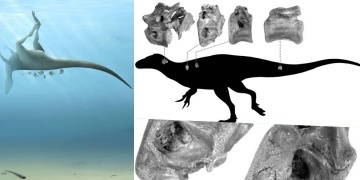
Scientists in Southampton believe four bones recently found on the Isle of Wight belong to a new species of theropod dinosaur The dinosaur was named Vectaerovenator inopinatus.

Mushrooms are older than thought
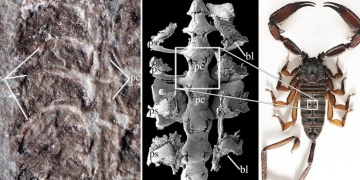
Fossil is the oldest-known scorpion found 35 years ago in Wisconsin

Varanopid from the Carboniferous of Nova Scotia reveals evidence of parental care in amniotes: The specimen, consisting of an adult and associated conspecific juvenile, is also identified as a varanopid suggesting parental care is more deeply rooted…
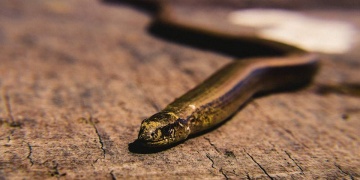
Paleontologists find fossilised remains of two new species of snakes found for the first time were discovered near the city of Serres in northern Greece.

An ancient swamp full of fossils from extinct animals was discovered in Mauritius. 2,000-year-old swamp brimming with bones reveals the ecosystem of the dodo at.
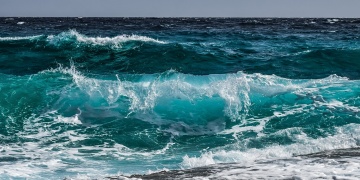
New research into the chemistry of the oceans during ice ages is helping to solve a puzzle that has engaged scientists for more than two decades. New study show that an Fe-induced stimulation of dinitrogen (N2) fixation can induce a low latitude…

Siamraptor is the best preserved carcharodontosaurian theropod in Southeast Asia, and it sheds new light on the early evolutionary history of Carcharodontosauria.
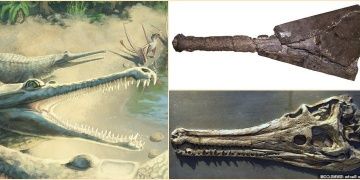
Skull of Mysterious Jurassic crocodile's fossil found in a Bavarian town in Germany in the 1770s. Researchers found fossil belonged to crocodile which lived in tropical waters. Palaeontologists identified the animal by comparing German and UK fossils…
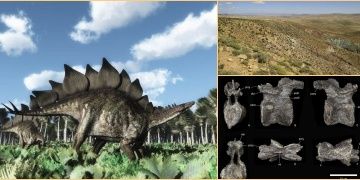
The oldest stegosaur ever has been discovered by British team in Morocco.
Named Adratiklit boulahfa, or "mountain lizard," London Natural History Museum researchers managed to figure out it was a new species of stegosaur from a few unearthed…

Dinosaur brains from baby to adult

It is the 55,500 year old ash layer Z2 that one of the most distinct ash layers in the Greenland ice cores which is believed to originate from an enormous eruption in Iceland. The same ash layers is also found in many sediment cores from the North…

A team of Peruvian and American scientists have uncovered the 18-million-year-old remains of the smallest fossil monkey ever found. The primate specimen is an unworn M1 of exceptionally small size (equivalent in size to the extant callitrichine,…
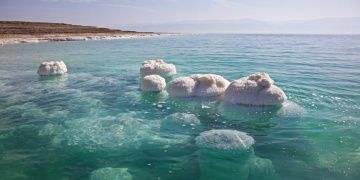
Geologists float an answer to the mystery of salt flurries beneath Dead Sea: New computer simulation and research helps scientists understand how salt makes its way down rather than up, providing a glimpse into formation of massive deposits around…
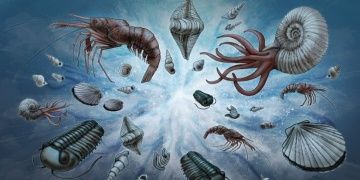
Nonequilibrium evolution of volatility in origination and extinction explains fat-tailed fluctuations in Phanerozoic biodiversity

Oldest meteorite collection found in the Atacama Desert... 222 meteorites larger than 10 g per squared kilometer per million year... Researchers have uncovered a wealth of well-preserved meteorites that allowed them to reconstruct the rate of falling…
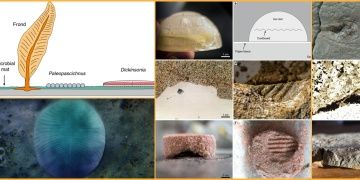
ANU scientists solve mystery shrouding oldest animal fossils. These soft-bodied creatures that lived 558 million years ago on the seafloor could, in principle, have had mouths and guts - organs that many palaeontologists argue emerged during the…
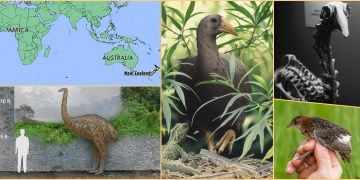
The ancestor of New Zealand’s most mysterious giant bird – the extinct adzebill – likely flew here from Madagascar, Africa, new research has revealed.
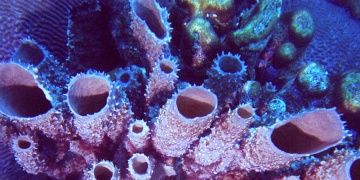
Demosponge steroid biomarker 26-methylstigmastane provides evidence for Neoproterozoic animals... The oldest clue of animal life, dating back at least 100 million years before the Cambrian period, when most major types of animals appear, has been…




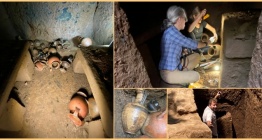
























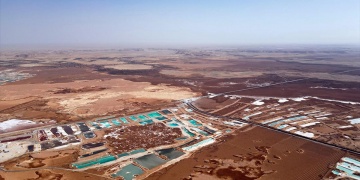 Kleopatra'nın kaplıcası ve şifalı Dakrur Dağı ile sahip Mısır'ın şifalı beldesi: Siva Vahası
Kleopatra'nın kaplıcası ve şifalı Dakrur Dağı ile sahip Mısır'ın şifalı beldesi: Siva Vahası  International Archaeology Symposium and Golden Age of Archaeology Exhibition to Begin in Ankara
International Archaeology Symposium and Golden Age of Archaeology Exhibition to Begin in Ankara  Arkeogenetik analizlere göre Çatalhöyük’te Kadın, Esnek Aile ve Toplumsal Dönüşüm
Arkeogenetik analizlere göre Çatalhöyük’te Kadın, Esnek Aile ve Toplumsal Dönüşüm  İtalya’nın San Giuliano Platosunda 2.600 Yıldır mühürlü Etrüsk Mezar Odası bulundu
İtalya’nın San Giuliano Platosunda 2.600 Yıldır mühürlü Etrüsk Mezar Odası bulundu 

